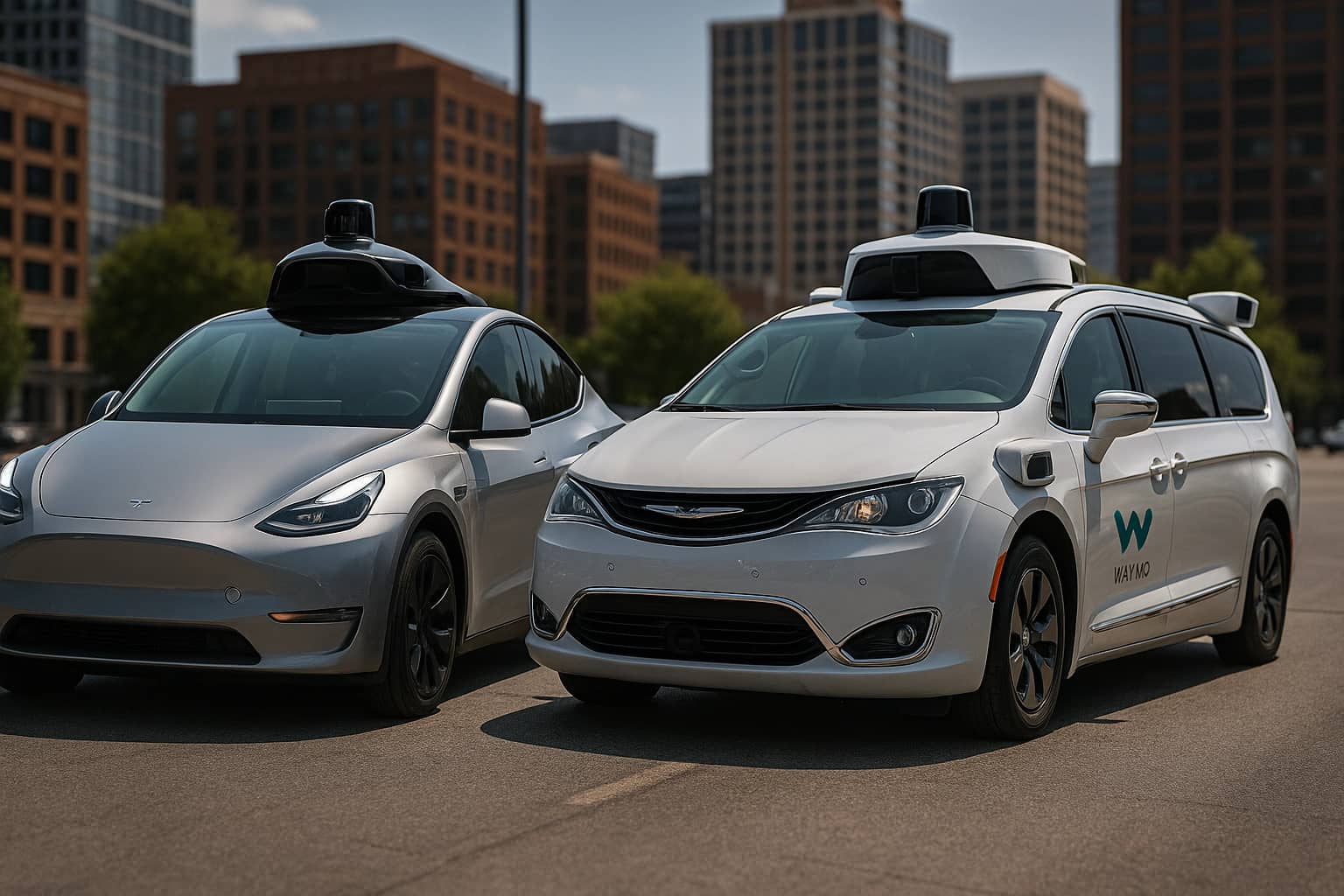Tesla Robotaxi vs Waymo: Battle of the Bots
- Published on
- Authors

- Name
- Edgium
- @ohsnapHQ

If you’re an online college student dreaming of being a software engineer, welcome to your future battleground. This week, Tesla launched its long-hyped Robotaxi service in Austin—a slick, app-based, no-driver ride that feels part Black Mirror, part UberX.
But before you ask “how do I ride one,” know this: it’s invite-only, soft-launched, and kinda still supervised. There’s no one in the driver’s seat, but there is a Tesla employee riding shotgun, hand hovering near the kill switch. Not exactly Cyberpunk 2077.
Not Your Average Launch
Here’s the tea: Tesla didn’t invite Reuters, CNN, or any traditional press. They invited 15 hardcore Tesla YouTubers and Twitter fans. The result? A chorus of “it’s amazing!” videos... but with zero critical edge. Classic hype cycle.
Meanwhile, seasoned Tesla users testing similar “Full Self Driving” (FSD) software are sharing shaky results: missed turns, phantom braking, and hesitation in heavy traffic. Think “oops wrong lane” followed by “hard reset mid-drive.” Spicy.
Waymo’s Not Dead
Here’s what’s wild: Tesla didn’t invent the robotaxi. Waymo, Google’s spawn, has been doing fully driverless rides in five cities since 2020. No humans in the car. No soft launches. No fanboys only. Just anyone with the app.
They’ve already logged over 25 million autonomous miles, and 10M of those were with real paying passengers. Tesla? Still beta-testing in one city.
So why all the Tesla buzz? Scale. If Tesla nails the software, it can push an OTA update to 6 million cars instantly. Waymo’s system costs ~40K. Mass adoption is on Tesla’s side.
Brains vs Maps
Tesla’s secret sauce? They don’t use maps. No LIDAR. Just cameras and real-time vision. That means their system adapts live to reality—like dodging fallen leaves or recognizing an ambulance. But it also means it can freak out over shadows, misread parking maneuvers, or pull over in... the middle of intersections.
Waymo? It’s like driving with a photographic memory and GPS-enhanced senses. Super precise—but throw it into a chaotic city like Istanbul and it might short-circuit. That’s the tension: flexibility vs reliability.
Who Controls the Narrative?
Here’s the spiciest bit: Tesla isn’t just testing cars. They’re testing media control. Musk owns X (formerly Twitter), and the platform is heavily promoting his Robotaxi content—even to users who don’t follow him. It’s a new age of algorithmic agenda-setting.
In the 2000s, Google filtered your info. In the 2010s, social media dictated what you saw. Now in the 2020s, AI—trained on curated data—might literally rewrite knowledge. If you ask Grok (Musk’s AI) what’s real, are you asking a source or a spin machine?
TL;DR
Robotaxis are here. Tesla and Waymo are fighting for your ride—and your reality. Whether you’re coding this future or just catching a lift to class, remember: the real battle isn’t over who drives. It’s over who decides.
Stay curious. Stay skeptical. And yeah, maybe learn how to reboot a car mid-ride.